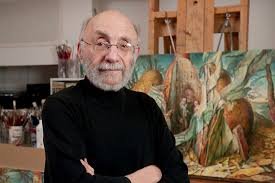To Pause and To Ponder
Artist Samuel Bak often uses pears as a symbol of life and all its possibilities. Here the pear is riddled with bullets.
One of the biggest surprises of my recent visit to Omaha was the discovery of the Samuel Bak Museum: The Learning Center, a little-known gem with a big mission. Bak is an artist who blends history, symbolism, and personal experience to create layered, thought-provoking paintings. He is also a Holocaust survivor whose haunting memories and unanswered questions inform all of his work.
Samuel Bak gifted over 500 of his paintings to the University of Nebraska Omaha. The collection is currently on display at 2289 S67th St in Omaha. Admission is free.
As a child in Vilna, Bak and his family were forced into a ghetto when the Germans occupied the city in June 1941. Although many were transported to labor camps, nine-year-old Samuel and his mother successfully hid in a Benedictine convent until the end of the war. His father was shot by the Nazis days before his own liberation by the Soviets in June 1944. Of his extensive family, only Samuel and his mother survived, two of 200 survivors from a community that once numbered as many as 80,000 Jews.
REMNANTS depicts the ghetto in Vilna, its apartment windows filled with bricks. The courtyard is overflowing with keys - the keys that Jews often took with them to the extermination camps, hoping they would someday return home.
For three years after the war, Bak lived in displaced persons camps in Germany before immigrating to Israel in 1948. He studied art in Jerusalem and later in Paris and Rome before moving to the United States.
ONE MAN ISLAND: Isolation, destruction, and chance all play a role in this dark scene. So much to contemplate!
A passionate and prolific artist, Bak sees the usefulness of art in kickstarting difficult conversations about the Holocaust, genocide, identity, and equality. Viewing his paintings, simultaneously surreal and historic, requires an open mind and a willingness to ponder the unthinkable. His art has graced museum walls from New York to Toronto, from Paris to Darmstadt. So…how did so much of his work end up in the hands of the University of Nebraska Omaha?
In 2019, the Omaha community came together to create a major exhibition entitled WITNESS. The artwork and Bak’s personal story profoundly touched UNO students and faculty, but Bak was also moved – so much so that he donated more than 500 pieces to UNO for a permanent collection. Now 90 years old, Bak has produced more than 10,000 works in his 77-year-old career.
From the series ICON OF LOSS, this painting is entitled “Identity.” It is based on the iconic photo of the young Jewish boy being taken from his shelter in the Warsaw Ghetto (below). This one really moves me.
Again, from ICON OF LOSS, this is entitled “Holding a Promise.”
Among the most poignant are paintings based on the iconic photograph of a Jewish boy torn from his bunker during the 1943 Warsaw Ghetto Uprising, frozen between life and death, isolated and alone. Strikingly, this photo was used as part of a personal souvenir album created for Heinrich Himmler; the soldier pointing a submachine gun at the boy is identified, but the young boy is not, a symbolic sign of his dehumanization. “What an unspeakable abuse of our young innocents," thought Samuel Bak as he depicted the boy again and again, trying to escape the chaos.
One astute historian noted that this anonymous boy was the target of both a gun and a camera. All the people from the Warsaw Ghetto were sent to death camps.
Bak’s art does not attempt to answer questions, but its symbolism forces us to pause and to ponder, to think about the unthinkable. His vast collection will not allow for amnesia about the Holocaust, but it also challenges us today as we face a world filled with anguish







